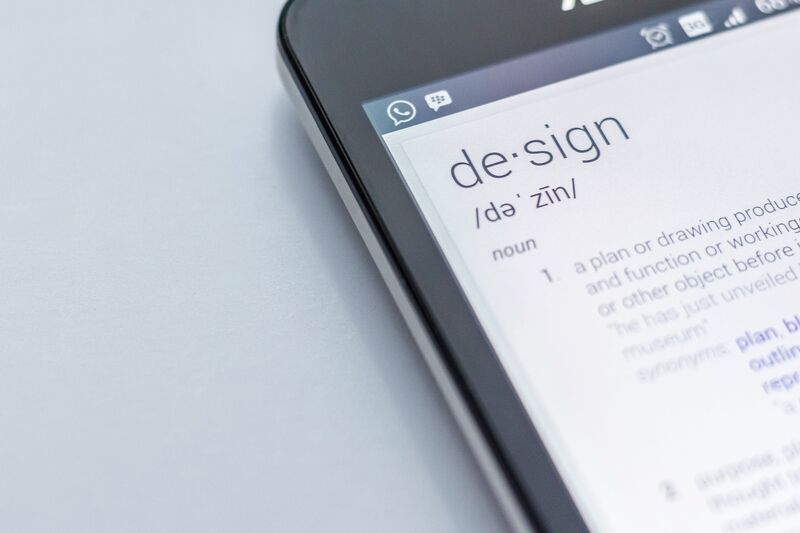
One size doesn’t always fit all. Terms such as accessible design, usable design and universal design are ways to design that make things easier for everyone to use, including people with disabilities. But what are they?
Accessible Design
Accessible design adheres to accessibility standards, including the designing of products, services, and other related items for the use of people with disabilities. These items are created to fulfill the needs of people with disabilities or situational barriers.
Some examples of Accessible Design may include:
- Wider doorways in all entrances of a building
- Doors that slide open and take up less space (such as barn doors)
- Level flooring or harder surfaces that would allow someone in a wheelchair the ability to glide easily
- Cooktops with front controls instead of reaching over a hot range to adjust temperature
- Barrier free showers
- Handholds or grab bars at convenient heights
- Voice controlled smart home features
- Assistive technologies, including screen readers, alternative keyboards, etc.
Universal Design
Universal design is the design process of an environment so that it can be accessed by all persons, regardless of age, ability, or other factors. These resources are designed to meet the needs of all people who wish to use it and there should not be additional requirements to set them up.
Some examples of Universal Design may include:
- Open concept floor plans, making it easier to navigate across rooms
- Larger bedrooms and bathrooms
- Lever door handles instead of round door handles
- Height-accessible desks
- Accessible websites, large print, captioned videos, high-contrast colors and easy to read fonts
- Offering multiple ways to participate in programs
- Multiple teaching styles and methods
Usable Design
Usable design involves the creation of products that are easy and efficient to use. Usability is defined as the effectiveness, efficiency, and the measure of how easy a product is to use. While products may be designed for ease of use, they sometimes are not designed for people with disabilities. As awareness increases, more user experience designers (also known as UX designers) are increasingly addressing these considerations into their designs.
While usability shares common outcomes with accessibility and universal design, all three have a goal to create products or spaces that are easily operated by the user. Some questions to address when creating the usability of the user experience may include:
- Learnability: How easy is the product to use and can the user remember how to perform tasks associated with it when they use it again the next time?
- Consistency: Are the different parts of the products clearly identified?
- Efficiency: Can users perform the functions of the product with minimal effort successfully?
If designers apply these design principles, with a focus on the accessibility of people with disabilities, then more products will be accessible to and usable by anyone.